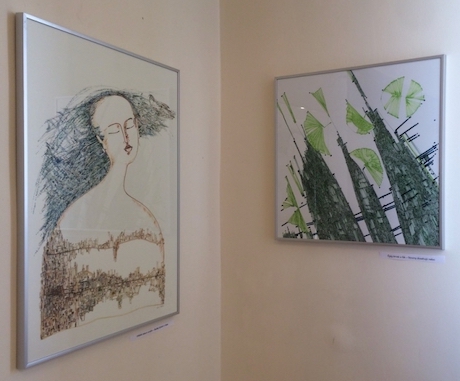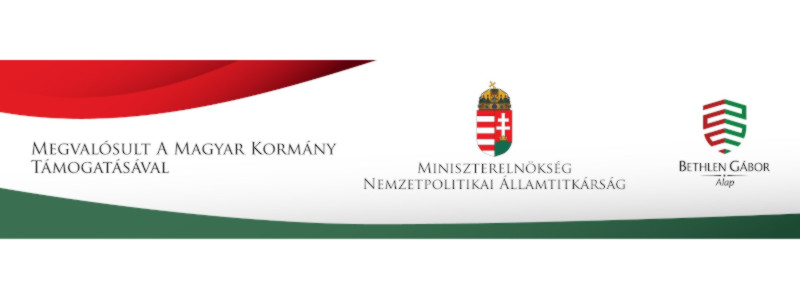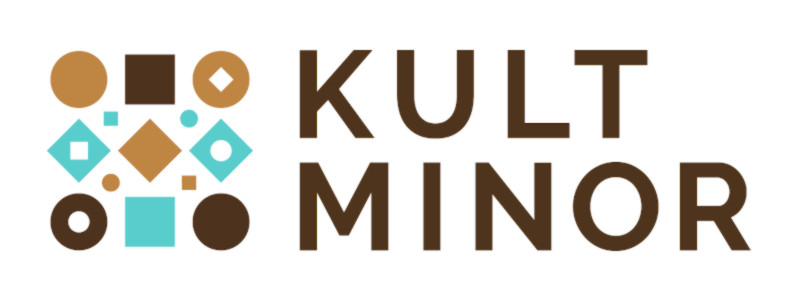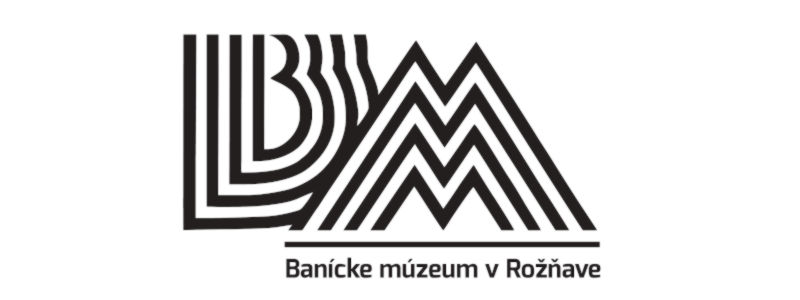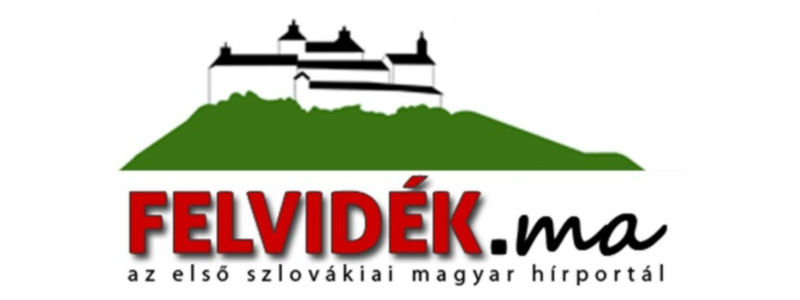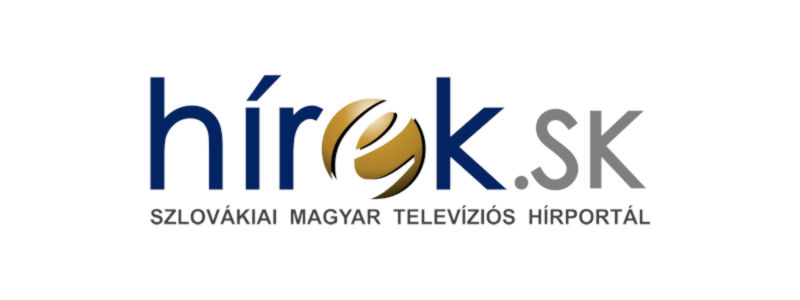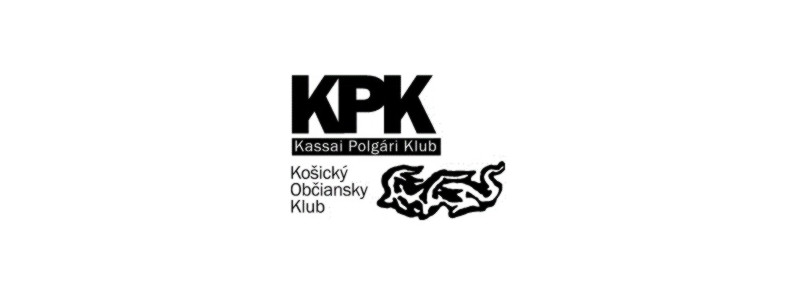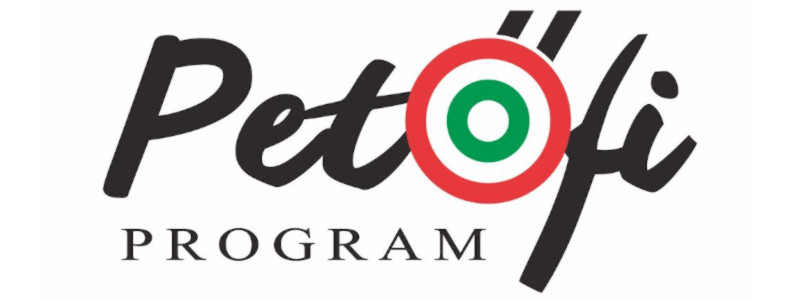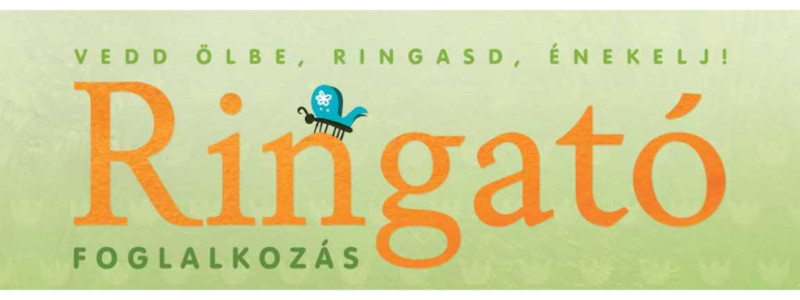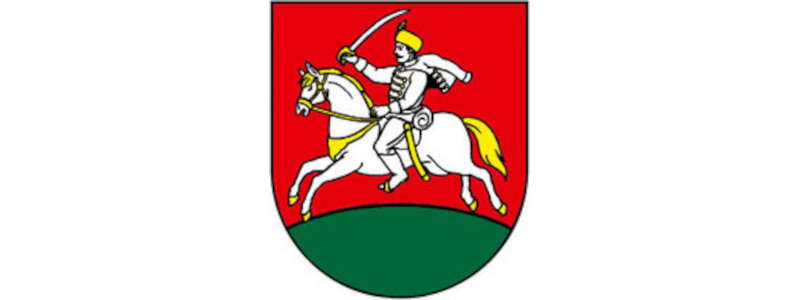Written by rovart
Translated by Zoltán Bartko
MaJel Rovás Centre, Alžbetina 42, Košice, Slovakia
6 September 2018 - 25 September 2018
What are the parts of the creative process? 0Art was formed from pure emotions and noble passion. I believe, this applies also to the works of Katalin Holló: the positive aspects of her personality shine in her drawings.
One has to see the artist as a complex person: the effects and qualities of her feelings, spirit, emotions, intellect, character and soul. Personality is a precondition of professionalism and the credit of the artist. The goal and meaning of the work of a creative person is to create full-fledged and free art, which one has to accept with one′s own responsibility in mind. As Goethe said: “Art is not a profession, not a craft, but fate.”
The art of our present-day world of cracked morality resembles a jungle: abundant in colors and vibrant, though also rich in hyenas and toxic fruit. If you want to preserve yourself, your personality and refuse to flow with the tide and give up your artistic creed, you have to lock the doors of your studio and open your windows to the Heavens.
Attila Duncsák, painter, Košice, Slovakia;
As Katalin Holló put it, speaking of her own art:
"For years, I used to work as a ceramic artist. In my works of applied arts, I used simple shapes and I aspired for their being decorative; mostly, I made large bowls with traditional patterns. My style as a graphic artist was influenced by slip trailing. I always had an affinity to the beauty of the line. Therefore, rapid drawing, drafting have a strong presence in the composition of my drawings. Drawing is a passion to me: my drawings surface my innermost world."
About the art of Katalin Holló
Katalin Holló is an artist proficient in drawing. She achieved a very balanced, very harmonic approach. Every theme in her drawings is a proof of profound understanding of art per se. Her drawings are never ecstatic; normally, they convey neither thrill nor tragedy, because her drawn interpretations are works of a meditative, spiritually balanced soul. As a consequence - if one may use these expressions in this genre - her drawings are not noisy, but calm, thus, the idea behind them is strongly perceivable. Nevertheless, all of this does not prevent the presence of drama. She combines the aforementioned features with her delicate technique and long-term use of colours based on brown India ink. The artist, formerly using a slip trailer, uses a technical pen to create the labyrinths of lines in her drawings, in which the disciplined line culture, the density of lines, and the subtle, demonstrative points lead to complex visual art. In her drawings, her memories, the elements of her surroundings, attributes of architecture, sacred and religious topics arise as messages. There is a kind of story-telling nature present in her art - she tells stories of her city, where she lives, the nature surrounding her and, subsequently, rises into the world of memories and fantasy. She draws secrets, at times even mysteriously, but these secrets are welcome by the viewers, to decode them with their eyes and minds while accepting and interpreting these deep works. By extending the title of one of her previous exhibitions (Pictography): she is a pictographer herself, capable of recording notions, emotions, sights in a way that almost resembles story-telling, in spite of their being static; simultaneously, they introduce the viewers into the depths of spirituality and views of the world of this sensitive graphic artist.
Balázs Feledy, art writer, art critic
Budapest, Hungary, 2018.




